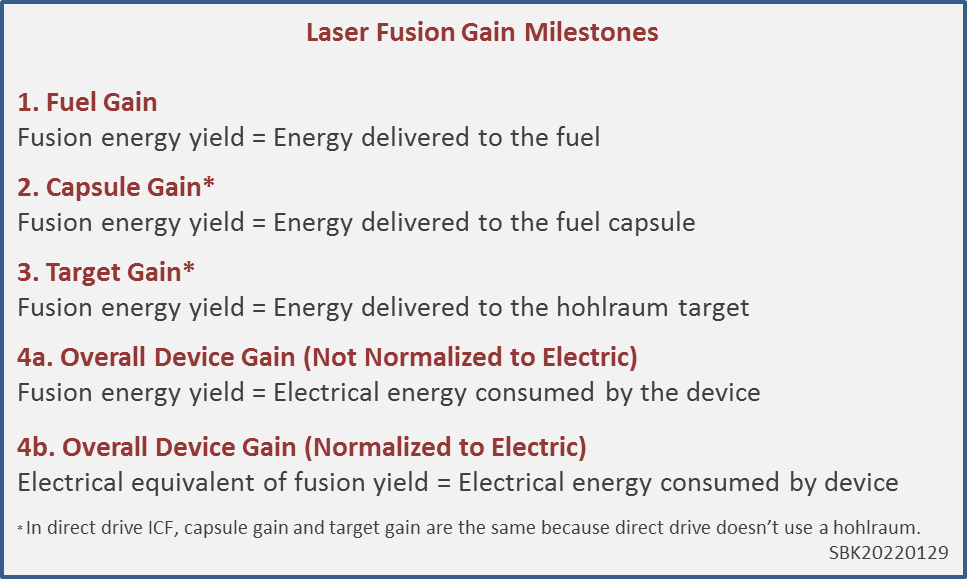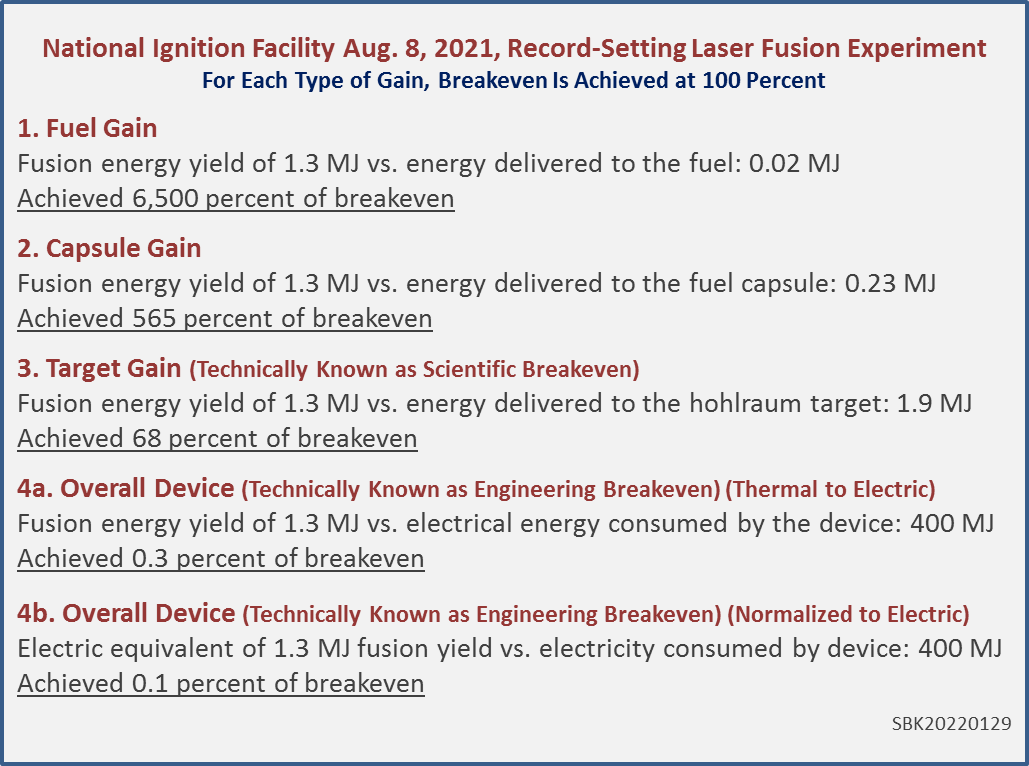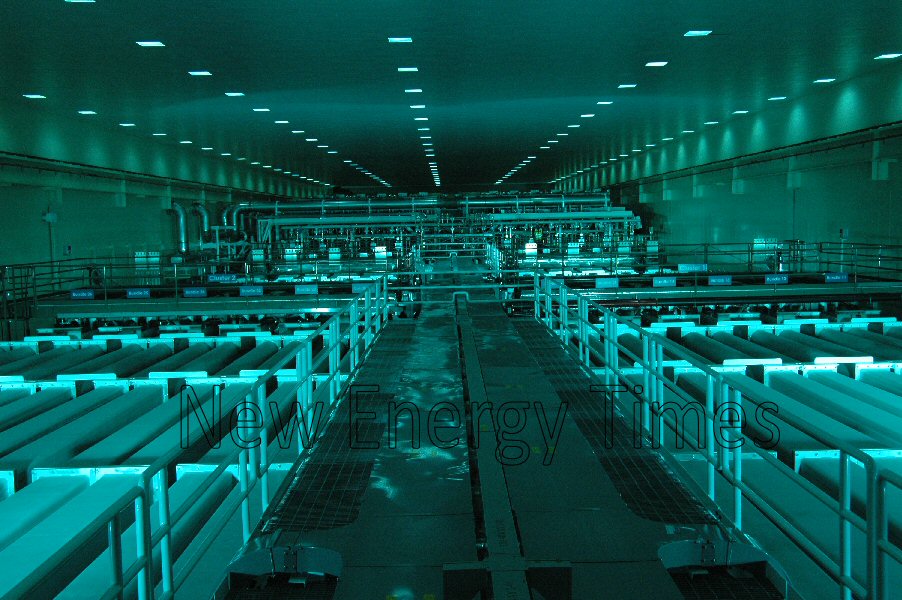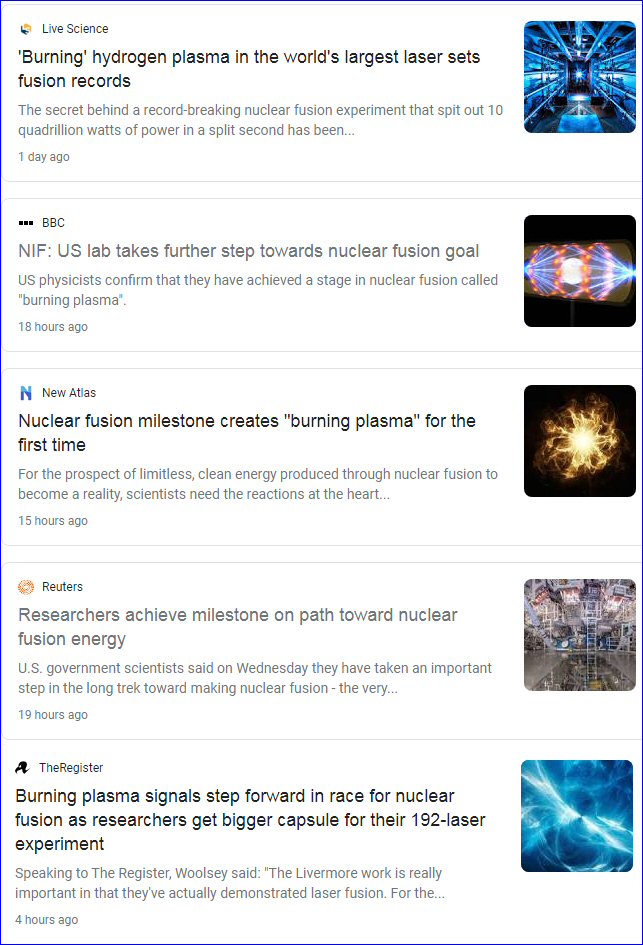Return to ITER Power Facts Main Page
By Steven B. Krivit
Feb. 1, 2022
- ITER, funded primarily by European taxpayers, is an experimental fusion reactor that will consume more power than it produces — if it works as designed.
- Fusion scientists have always known that ITER will not demonstrate that fusion is a source of energy.
- But that’s not what they told the European Commission 22 years ago.
A few months ago, New Energy Times learned how European fusion scientists convinced the European governing bodies to fund the International Thermonuclear Experimental Reactor, ITER.
The scientists (we don’t know exactly who yet) provided false information to former European Commissioner for Research Phillipe Busquin. In turn, Busquin provided that information to the European Commission, the European Council of Ministers’ and European Parliament.
The European Union agreed to participate in the ITER project in 2000. In a Sept. 22, 2021, e-mail to New Energy Times, Busquin explained the history:
I submitted the project to the Commission in 2000 (the Directorate-General for Research), and they agreed to support ITER. ITER was presented as part of the fusion research supported by the EU. At that time, the budget was estimated at €5 billion, compatible with the budget of the EU’s framework programme for research.
Then, at the Council of Ministers on Nov. 16 2000, I put forward a technical proposal enabling the EU to take part in the ITER negotiations. I made it plain that the Commission was not conjecturing whether or not ITER should be built. However, the audience was silent. I realized that almost no one knew about ITER. Only the Swedish Minister followed suit and encouraged the EU to commit to ITER. After the meeting, during the informal lunch, I returned to discussing the fusion project, and almost everybody agreed with the proposal.
Afterward, I presented the project at a meeting of the Industry, Research and Energy committee of the European Parliament, and they were very supportive.
There was no public debate organized on this topic. This is normal because ITER was presented as a research activity within the existing framework programme.
Busquin told New Energy Times that he no longer had a copy of the proposal he presented. However, New Energy Times located a March 11, 2002, report written by Busquin’s spokeswoman, Andrea Dahmen, showing that Busquin told the ministers that the purpose of ITER was to build a fusion reactor “capable of producing energy at an industrial scale, 1,500 MW.”
This means that the fusion scientists advising Busquin did not explain several things to him.
First, they did not explain to him the input power rate, the power ITER was expected to consume. They didn’t explain to him that the ITER design specification (at the time) for a 1,500 MW thermal output, was a projected gross output power value. They didn’t tell him that the input power required to operate the reactor was about 500 MW. They didn’t explain to him that the gross thermal output, if the 1,500 MW would be converted to electricity, would be 600 MW. Had they done so, Busquin would have told his colleagues in the European governing bodies that the original ITER design specification was a fusion reactor “capable of producing energy at an industrial scale, 100 MW.”
The next thing the fusion scientists did not explain to Busquin was that, by March 2002, the 1,500 MW plan was already obsolete. The reactor design had, seven months earlier in August 2001, been scaled down in size and cost, from 1,500 MW to 500 MW gross thermal output. This reduction means that ITER is now designed as a reactor design that will be capable of CONSUMING power at an industrial scale, 100 MW. (These are simplified values. For full details, please see the New Energy Times ITER power value research.)
Of course, technically speaking, ITER, as a reactor system, was never intended to produce net power or produce energy at an industrial scale. It’s just a science experiment to study a fusion plasma. But that’s not how ITER was sold.
New Energy Times spoke with Busquin, 81, on Oct. 26, 2021, and explained the power information to him and asked for comment. The research was too far in his past, he said, and he could not remember the details.
In the years he was Commissioner for Research, he was the most enthusiastic political supporter of fusion in Europe. Busquin told us that he still has great hope for the dream of clean, limitless, abundant fusion energy on earth. That, however, was before we learned that the required fuel sources for nuclear fusion do not exist.










